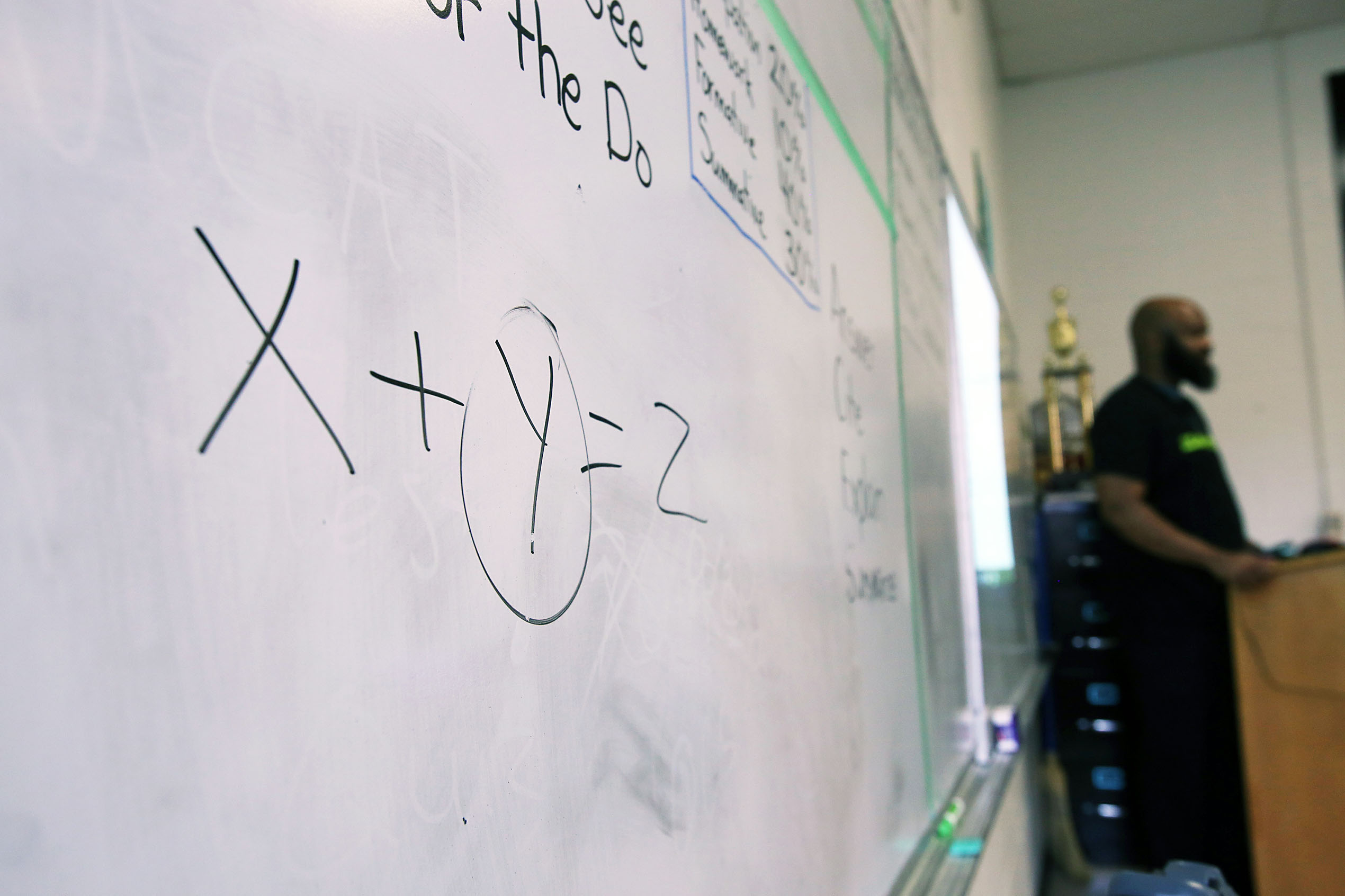Four candidates are seeking two open seats on the Cherry Creek School District board this year.
Candidates Terry Bates and Amanda Thayer are running for the District D seat representing the area that includes Buffalo Trail Elementary School, Cherokee Trail High School, and Legacy Stadium. The district is currently represented by Kelly Bates, who can’t run for reelection due to term limits. Candidate Terry Bates is married to Kelly Bates.
In District E, candidates Mike Hamrick and Tatyana Sturm are running to represent the area that encompasses Rolling Hills Elementary, Grandview High School, and the Cherry Creek Innovation Campus. The district is currently represented by Kristin Allan, who is not running for a second term.
The local teachers union, the Cherry Creek Education Association, has endorsed Bates and Hamrick.
To help voters make their decisions, The Aurora Sentinel sent all of the candidates the same set of questions. Their answers are below.
This voter guide was produced by The Aurora Sentinel in collaboration with Chalkbeat Colorado.






